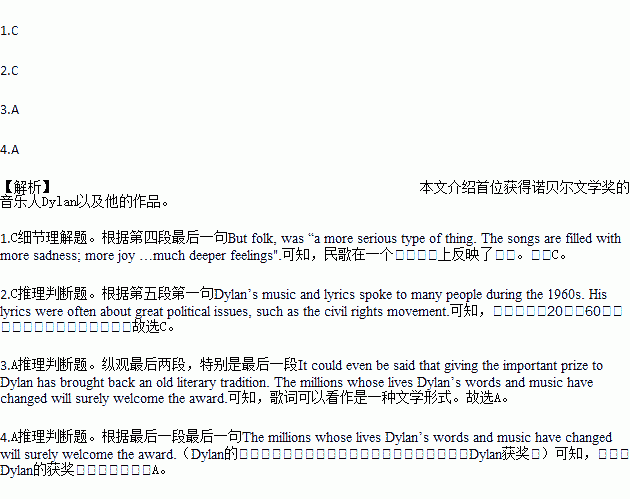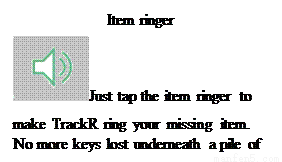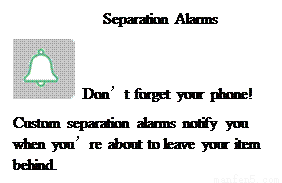题目内容
When The New Republic magazine predicted who would win the 2016 Nobel Prize in literature on Oct 6, it said:“Not Bob Dylan. That’s for sure.”
But the award came as a surprise to many. On Oct 13, the famous US musician was named the Nobel laureate by the Swedish Academy. He has “created new poetic expressions within the great American song tradition", according to the organization.
Although Dylan, 75, is not really thought to be a literary writer, he has given the world a lot of creative work over 50 years, especially when it comes to his folk songs.
In his 1985 album Biograph, Dylan wrote about the appeal of folk music to him. Rock songs “weren’t serious enough or didn’t reflect life in a realistic way", according to Dylan. But folk, was “a more serious type of thing. The songs are filled with more sadness; more joy …much deeper feelings".
Dylan’s music and lyrics spoke to many people during the 1960s. His lyrics were often about great political issues, such as the civil rights movement. The 1960s were a time of change when the young were making sure that their voices were heard. The idea is most famously expressed in Dylan's The Times They Are a -Changin (1964), which warns the world, “You better start swimming or you'll sink like a stone. For the times they are a-changin!”
There were complaints that a literary prize had been given to a singer. But ancient “Greek poets Homer and Sappho wrote poetic works that were meant to be listened to, that were meant to be performed, often with instruments — and it’s the same way with Dylan", the Swedish Academy’s permanent secretary Sara Danius told CNN.
It could even be said that giving the important prize to Dylan has brought back an old literary tradition. The millions whose lives Dylan’s words and music have changed will surely welcome the award.
1.Dylan found folk music attractive because ________.
A. it brought joy to people
B. it could be used to express feelings freely
C. it reflected life on a much deeper level
D. it needed more creativity than other types of music
2.Which of the following statements is TRUE about Dylan according to the article?
A. He never thought that he would win the Nobel Prize.
B. Most of his influential works were created in the 1960s.
C. His songs expressed people’s feelings well during the 1960s.
D. His fans were mostly young people who were active in political movements.
3.According to the last two paragraphs, ________.
A. lyrics can be seen as a literary form
B. a literary prize should not be given to a singer
C. Dylan’s works were inspired by Greek poets
D. Dylan deserves the award because he influenced many songwriters
4.What’s the author’s attitude toward giving Bob Dylan the 2016 Nobel Prize in literature?
A. supportive B. objective C. sceptical D. ambiguous
 一线名师提优试卷系列答案
一线名师提优试卷系列答案 阳光试卷单元测试卷系列答案
阳光试卷单元测试卷系列答案





